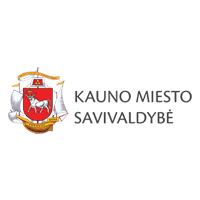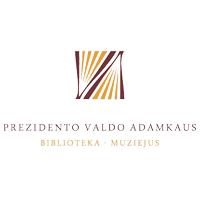The exhibition is dedicated to the conscious women of the First Republic of Lithuania (1918–1940). With the equal civil rights legitimatized in 1922 Constitution, Lithuanian women worked actively in various spheres of social, political and cultural life that were not properly taken care of by the young state still in the process of creation.
The 3rd Seimas (1926–1927) can be considered the golden age for women in politics. For the first time in the history of European women’s movement, two Lithuanian outstanding women – Gabrielė Petkevičaitė-Bitė and Felicija Bortkevičienė – were nominated candidates in the presidential election of the state. Neither of them won, but the fact speaks for itself.
However, starting from 1927, the authoritarian regime of President Antanas Smetona was seeking to eliminate women from politics and to restrain their involvement in the labor market. Such policy was explained by the objective “to restore women to families”. In fact, the idea was to restrain women from any level of political life. Lithuanian women’s council protested against such restrictions. The council fought against the governments’ decision to fire women from their working positions after their marriage; unfortunately, this fight was not successful and a lot of women lost their jobs.
Removed from the possibility to influence official political affairs, from 1927 onwards active women put their efforts and hearts in other spheres such as social care, education, art and cultural activities. However, there were different ways to influence political decisions. The salon became a place of informal political life, where smart, educated wives of politicians, diplomats and army officials were socializing with diplomats from foreign countries and local officials. The President’s wife Sofija Smetonienė, the Prime Minister’s wife Jadvyga Tūbelienė, the Kaunas city mayor’s wife Marija Merkienė were reported by many foreign diplomats as outstanding and very influential figures, involved in many informal political affairs.
The exhibition shows the conscious women’s efforts to contribute to the welfare of the state. The organizers of the exhibition tried to present a different women’s understanding of the state, where a human being was considered the pivotal point. The State consists of human beings, and each of them counts and deserves to be heard, educated, taken care of and appreciated. From this point of view all active conscious women are considered as the Stateswomen.



















